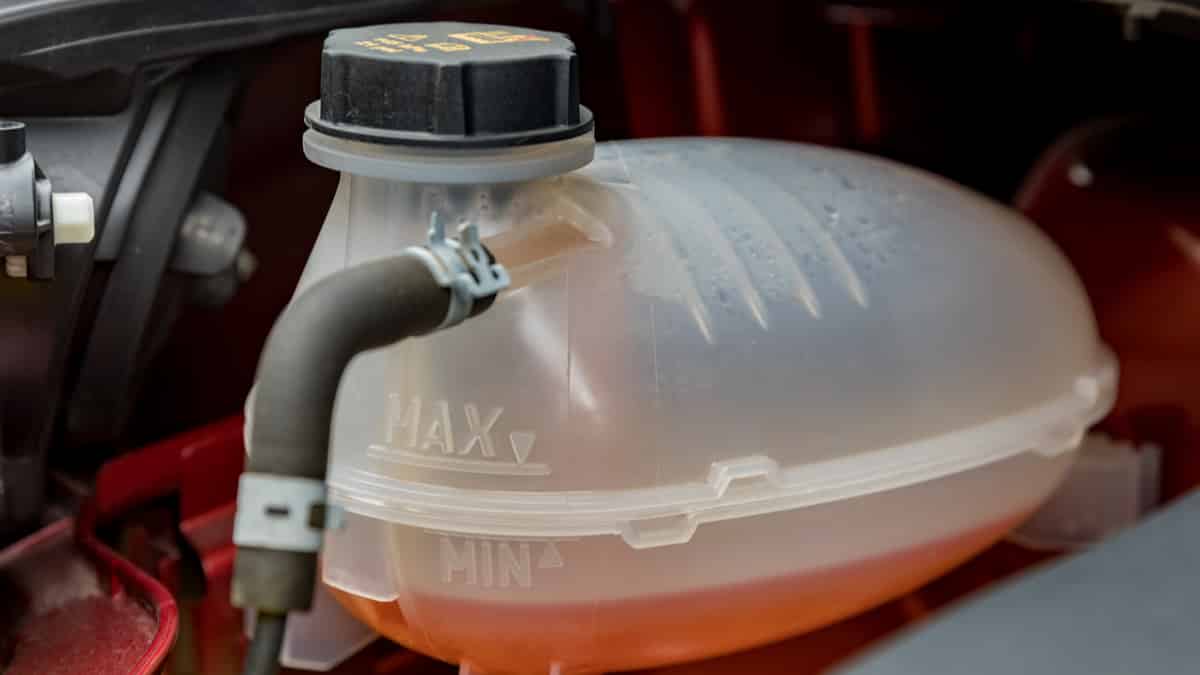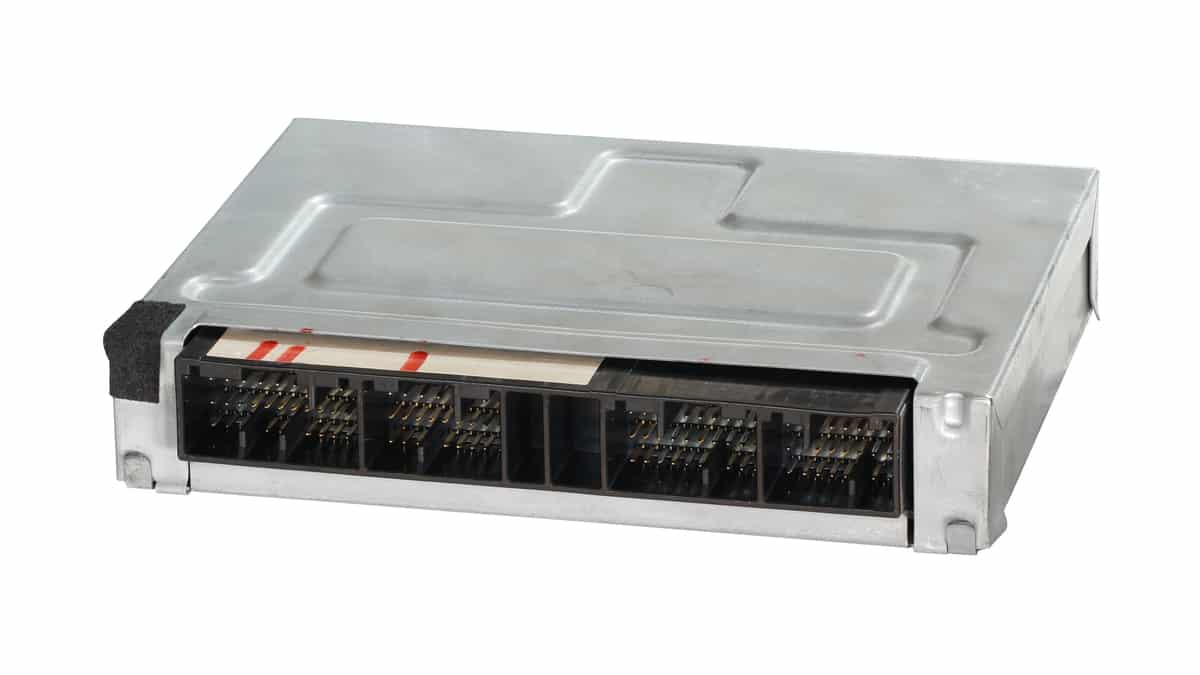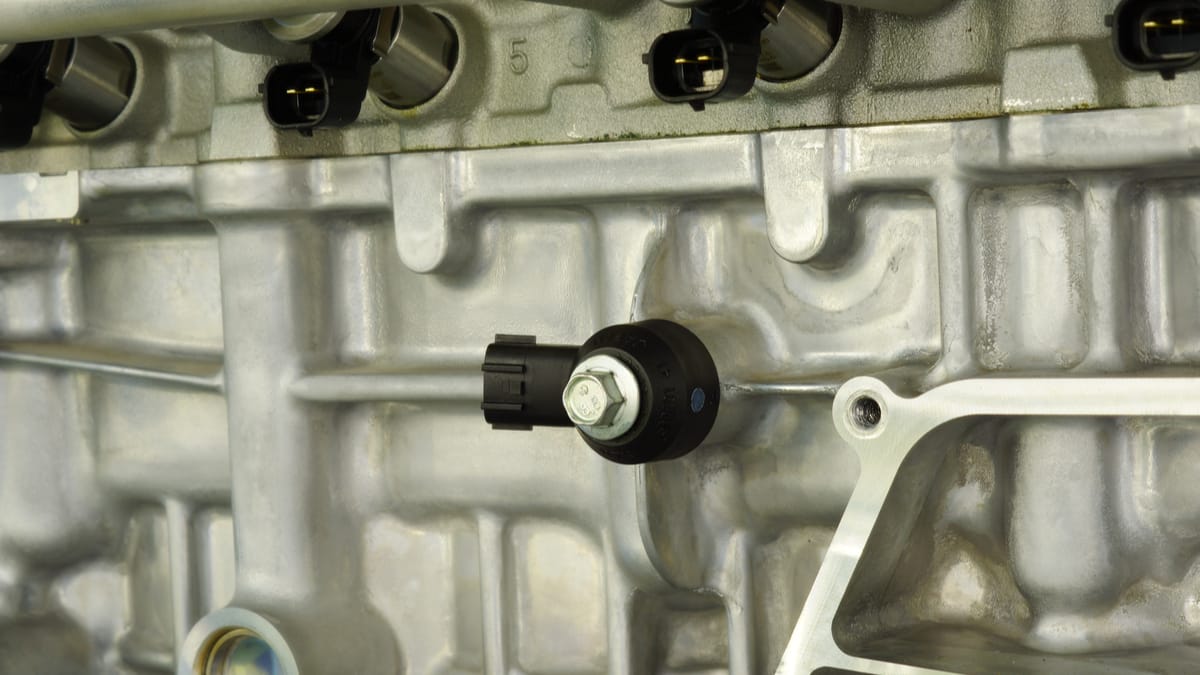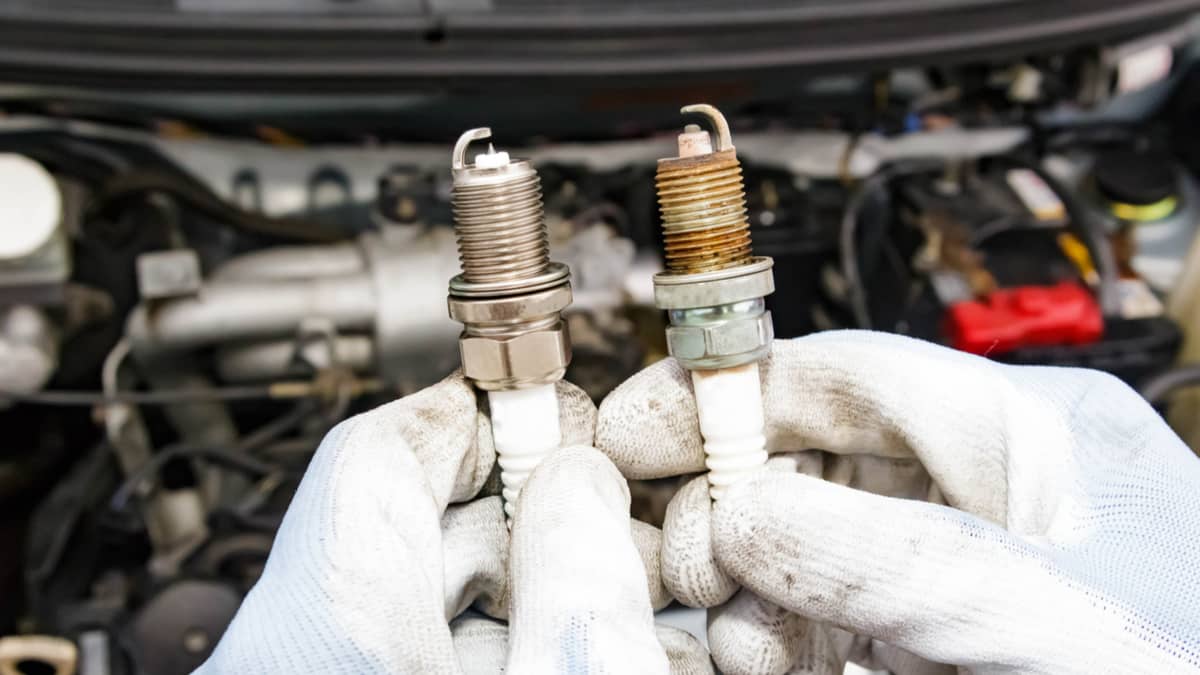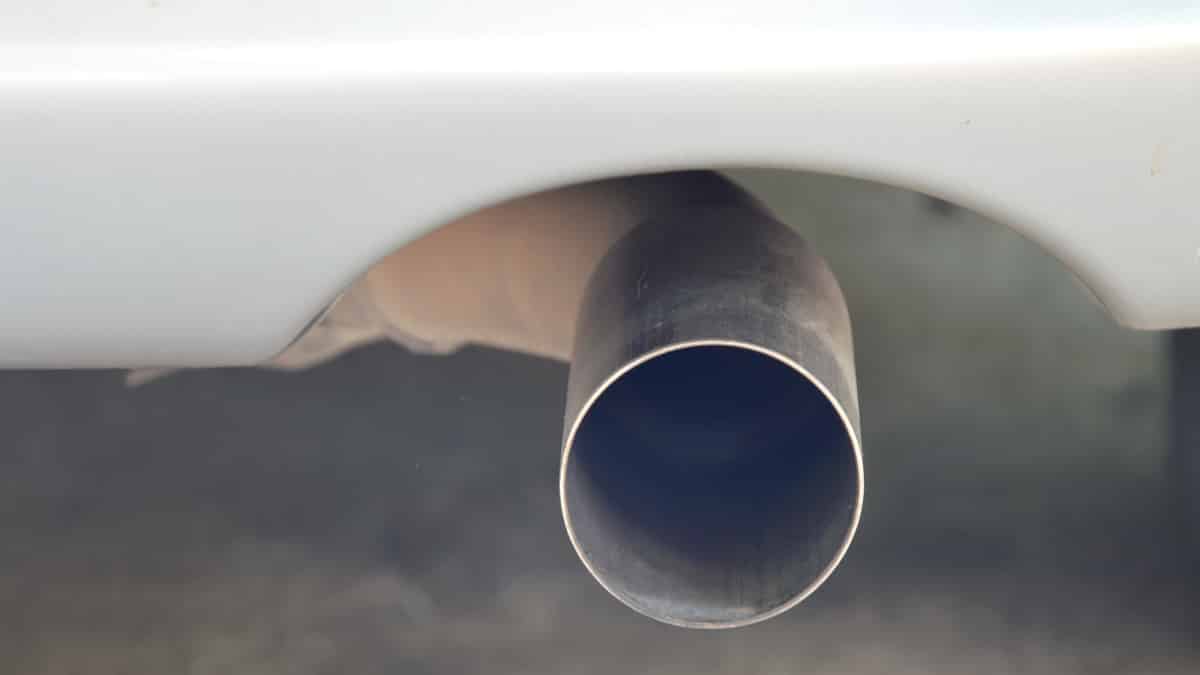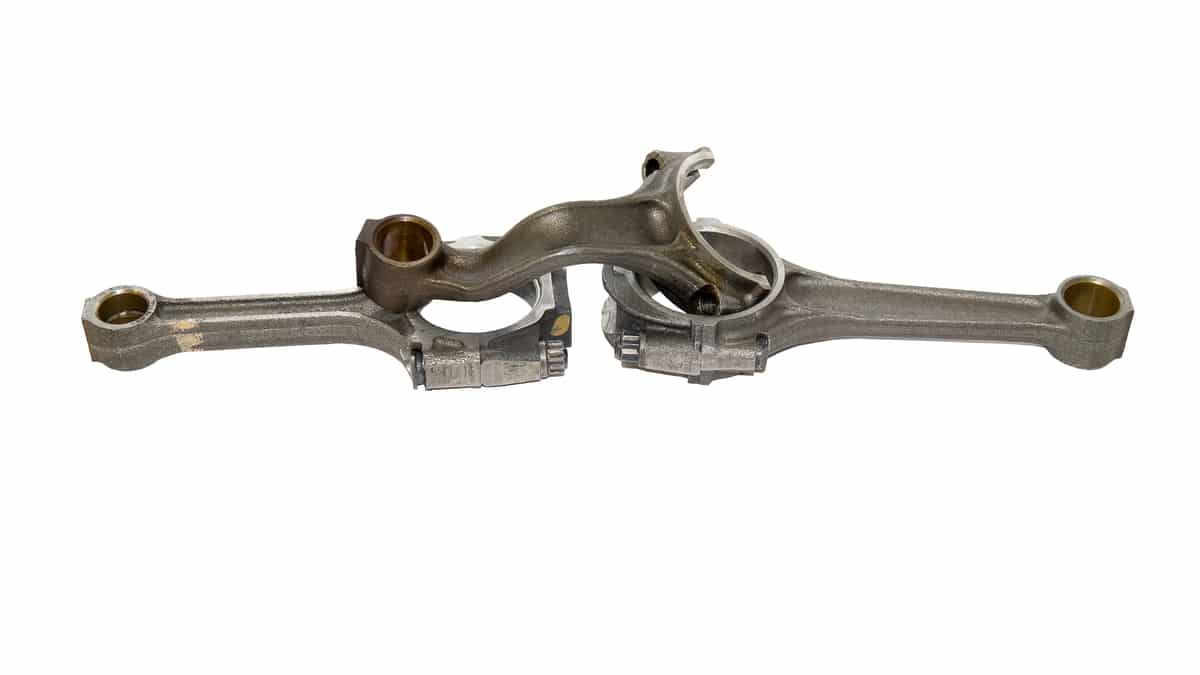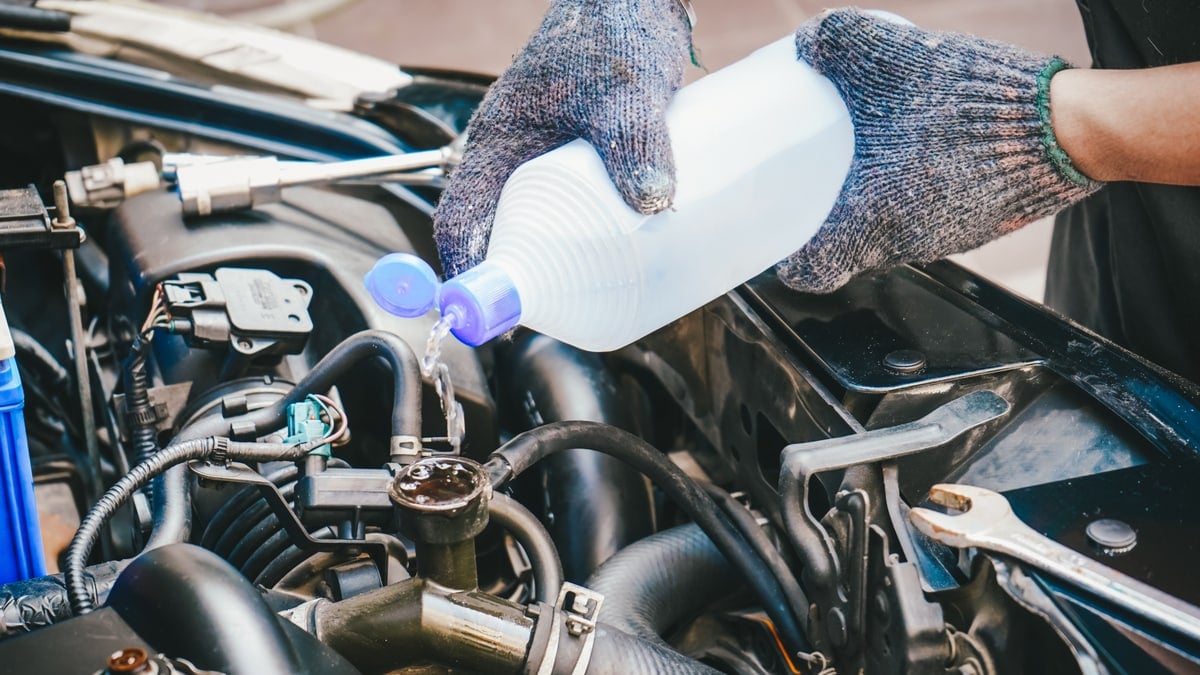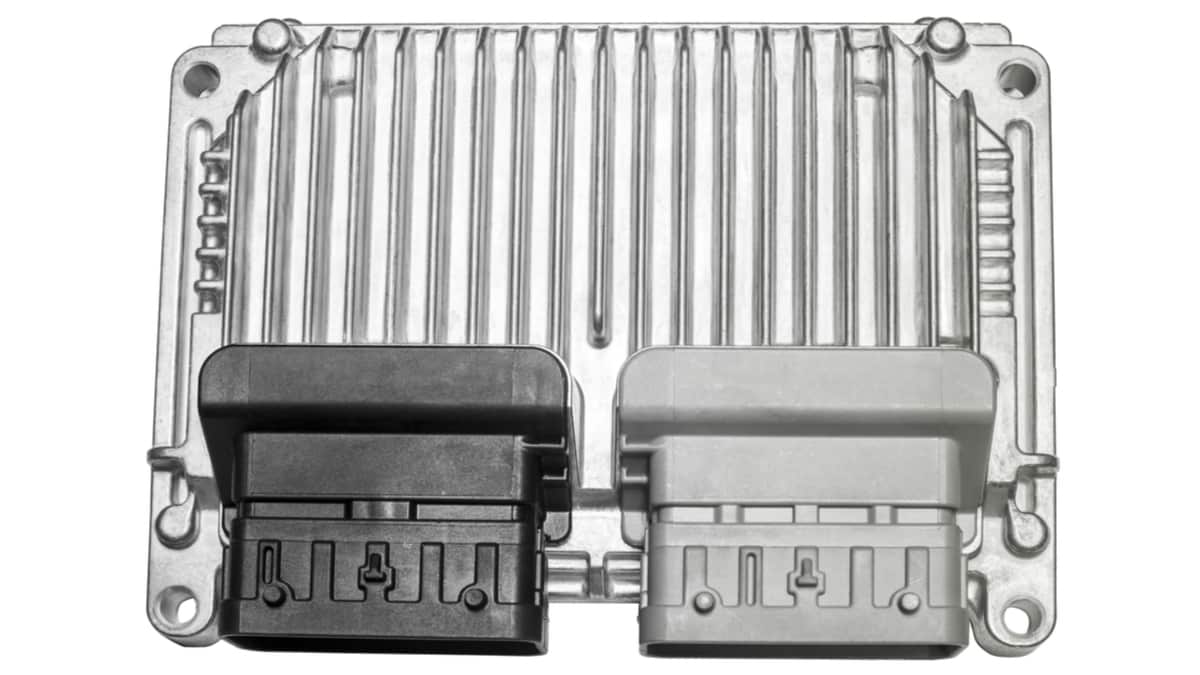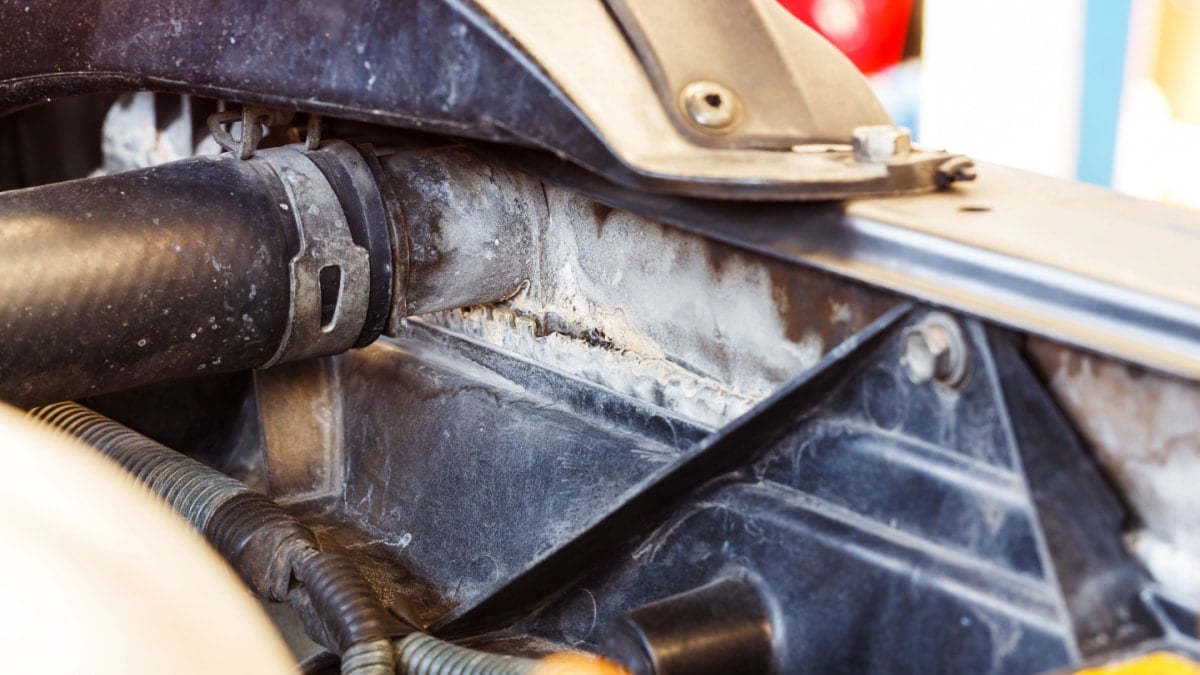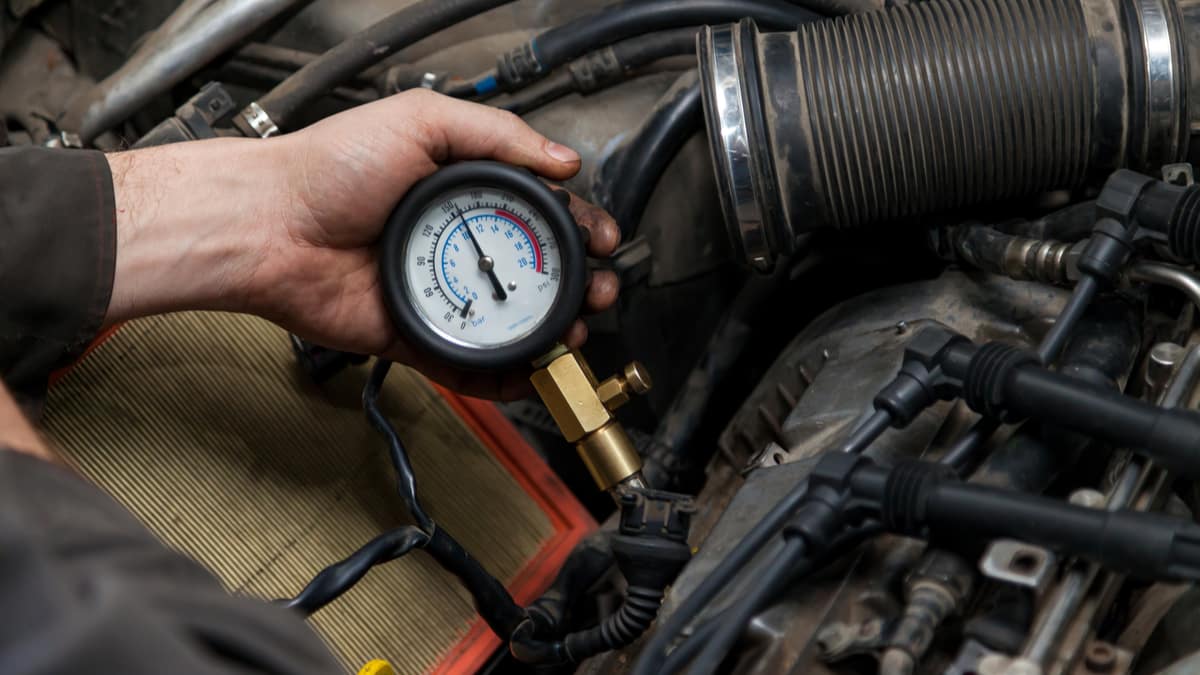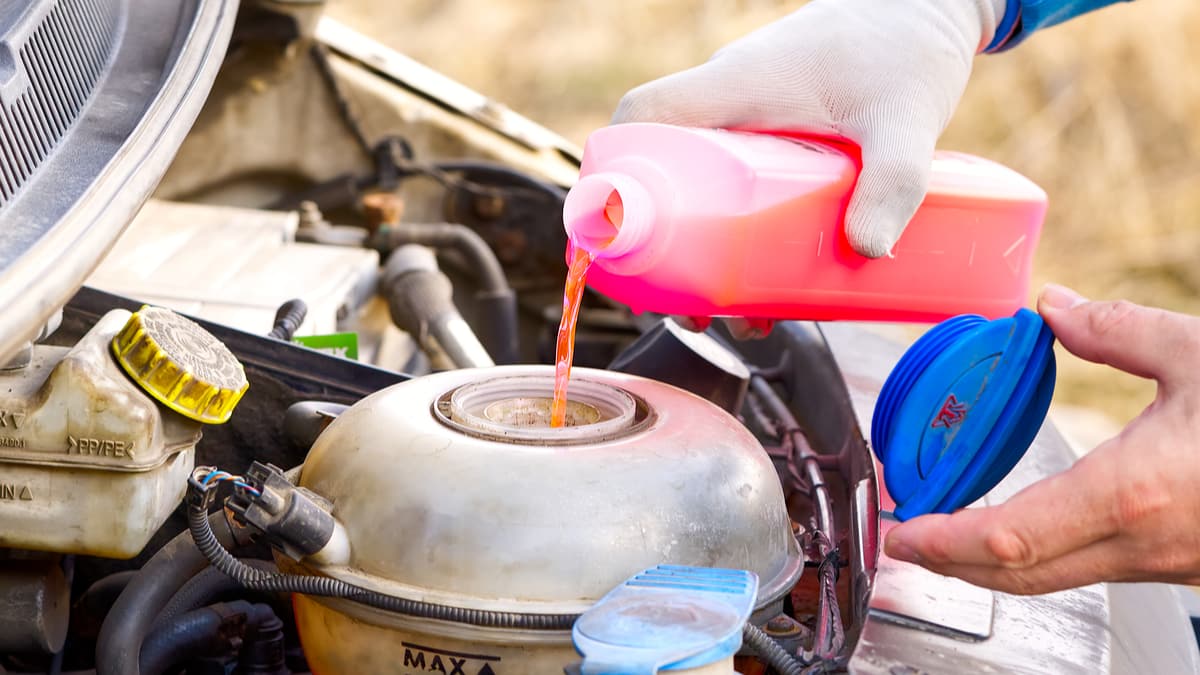The engine internal combustion unit produces a lot of heat. At times, temperatures hit well over 200 degrees. It is important to keep this heat under control by using a cooling system.
The coolant system in a car is a sealed system which means that the coolant level should stay even if everything works as it should.
Unfortunately, cars are not always known for being problem-free, and therefore, problems can occur that cause the coolant level to drop.
But is it safe to drive with a low engine coolant level? What causes it, and how do you recognize it without opening the hood? Let’s find out! But first, let’s take a look at the reasons why your coolant level is low.
What Causes A Low Coolant Level?
The most common reason for a low coolant level is a leaking cooling system. The leaks can come from leaking hoses, sensors, or gaskets. Just topping up the coolant level should never be a long-term solution.
You will find more possible symptoms further down in the article, but first, let’s take a look at the consequences of driving with a low engine coolant level.
Consequences of Driving With Low Engine Coolant Level
The most common consequence of driving with a low engine coolant is air in the cooling system, resulting in an overheating engine. An overheating engine can lead to a blown head gasket or a damaged engine block.
Here is a more detailed list of what can happen if you ignore & drive around with a low engine coolant level:
1. Air in the coolant system
The first thing that could happen if you drive around with low coolant is that the water pump will pump air into the coolant system, which will cause airlocks in the coolant system.
Airlocks will cause the cooling system’s flow to be disturbed, which will cause an overheating engine.
2. Overheating Engine
Because of the airlocks in the coolant system that we talked about before, the water pump will not pump around the coolant to keep the engine at a good temperature, and this will cause the engine to overheat.
An overheating engine can cause many expensive issues with your engine, which we discuss in the next sections.
3. Blowing the head gasket
A very common thing that can happen when your engine overheats due to low engine coolant is a blown head gasket.
The head gasket is located between the engine head and the cylinder head; its purpose is to separate compression, oil, and coolant. Replacing the head gasket is often quite expensive, and you can expect repair costs of over $1000; however, it is nothing compared to what comes next.
Related: Symptoms of a Bad Head Gasket
4. Damaged Engine block
An even more serious issue that can occur if you drive with a low engine coolant is a damaged or cracked engine block. As we told you before, low engine coolant can create hotspots in the cooling system.
These hotspots can cause extreme temperatures in the engine block, which can actually cause it to crack, and a crack in the engine block or cylinder head is the last thing you want. To repair it, you have to replace the whole engine block.
5. Seized Engine
Most engine parts are made of metal, and as you may already know, metal expands and shrinks depending on the temperature. If the engine gets too hot, engine parts can expand so much that damage will occur, and the engine will seize.
Usually, the only way to fix a seized engine is to tear the whole engine apart to locate the issue.

Is it safe to drive with a low engine coolant level?
No. It is not safe to drive with a low engine coolant level. Low engine coolant can cause airlocks in the coolant system and an overheating engine can destroy expensive parts like the engine block or seize it completely.
Refilling the engine coolant is such an easy thing to do and surely worth considering the consequences of it. Just be careful never to open the coolant reservoir when the engine coolant is hot!

Symptoms of Low Engine Coolant
The most common symptom of low engine coolant is a coolant level warning symbol on the dashboard. If your temperature gauge is fluctuating it could be caused by a low engine coolant level.
The easiest way to see if the engine coolant level is low is, of course, to open the hood and check in the coolant reservoir.
There are, however, some other things you can check for. Here is a more detailed list of the most common symptoms of low engine coolant:
1. Low engine coolant symbol on the dashboard
Most modern cars have a warning light that will appear on the dashboard if the engine coolant is low. It may sound obvious, but not all car models have this light, especially if the car model is a little bit older.
If the low engine coolant system warning light appears on the dashboard, it is definitely time to check the coolant level.
2. Fluctuating temperature gauge
Another low engine coolant symptom you will notice is that the engine temperature gauge may start to fluctuate fast between different temperatures.
This happens when the engine coolant is so low that air is pumped around in the coolant system. When an airlock surrounds the coolant sensor, it will drop, and when the coolant comes again, it will go back to the normal temperature.
3. Rising temperature gauge
When the engine is being cooled normally, the dashboard’s temperature gauge will be below the halfway mark. If it moves up over the engine’s working temperature, there is a problem that needs to be fixed fast.
If your temperature gauge is going over the normal working temperature (200 Fahrenheit or 90 degrees Celcius), you need to shut off the engine so as to avoid overheating.
4. Heater is not working
The car’s heater uses the same coolant that runs through the engine. Valves are used to control the car’s coolant inflow, thereby regulating the temperature.
If your heater is not working as expected, you could be suffering from low engine coolant because of airlocks in the heater core.
5. The sweet smell of anti-freeze
Anti-freeze is a compound included with the coolant to prevent the radiator’s water from solidifying during cold seasons.
One distinguishing characteristic of the anti-freeze is that it has a sweet smell. If you notice that your engine is producing a sweet smell, then the cooling system is leaking.

Causes of Low Engine Coolant Level
The most common cause of low engine coolant level is an external coolant leak, but it can also disappear from other places.
Here is a more detailed list of the most common causes of a low engine coolant level:
1. External coolant leak
As I mentioned above, the most common cause of low engine coolant levels is external leaks. External coolant leaks can come from any part of the coolant system. Luckily, external coolant leaks are often visible, and you can easily determine where the leak is coming from.
Common places external leaks come from include the water pump, radiator, or around the thermostat.
2. Faulty intake manifold gasket
Many intake manifolds cool the intake air with coolant, and they, therefore, have coolant channels inside them. There is a gasket installed between the intake manifold and the cylinder head.
This gasket can start to leak, and if it does, it will cause the engine to suck in and combust the coolant. You can often recognize this by seeing white smoke from the exhaust pipe.
Related: 5 Symptoms of a Bad Intake Manifold Gasket
3. Faulty head gasket
Another thing that can cause low engine coolant is a bad or blown head gasket. As I mentioned above, the head gasket separates the compression, oil, and coolant.
Therefore, a faulty head gasket can cause the coolant to mix with the compression, and it will cause the engine to combust the engine coolant. This is easiest recognized by looking for white smoke from the exhaust pipe.
4. Faulty radiator cap
Inside the radiator cap, you will find an overpressure valve that opens if the pressure rises above a specific pressure. If this valve is faulty, it might open before that pressure is reached, and if it does, coolant will leak out.
You can often see this by looking for white smoke coming from the engine bay.
Related: 6 Symptoms of a Bad Radiator Cap
5. Faulty EGR cooler
The last thing on this list that can cause low engine coolant is a crack inside the EGR cooler. Not all car engines have EGR coolers, so you must research if your engine has one first. They are mostly found in European cars.
A faulty EGR cooler will cause the coolant to leak into the exhaust pipe, which will also cause white smoke from the exhaust pipe.
Categories: Coolant, Troubleshooting
